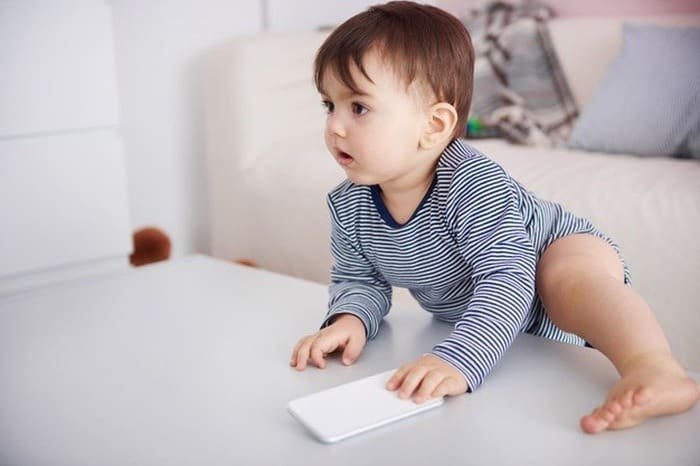What Parents Should Know about Their Child’s Crawling
Crawling is crucial for a child’s growth and neurological skills. This article provides important insights on this topic. Clear the area of small and large objects to allow easier movement, as a crawling child is very curious and loves to explore everything in reach.
This section ofSelMagzRead carefully to understand the importance of crawling movements for your child and to learn about key points you need to follow.
The Importance of Crawling for Children
Crawling, like all physical activities in children, should be encouraged and developed to help them accomplish their tasks sooner. In fact, crawling is considered the first independent movement of a child and is very important.
The benefits of crawling start in the brain. The body begins to recognize its surroundings and then discovers the spaces around it, leading to increased visual capacity.
The child finds it easier to recognize different objects, moves around them, and interacts with their environment. So, you must ensure that everything around the child is safe and poses no danger, allowing them to crawl easily; be cautious of electric cables and sharp edges.
When a child crawls, they can gain great awareness of their surroundings. They can navigate their environment and create a space for exploration. Anything within reach becomes their focus, so ensure the area is safe enough.
The hand-eye coordination in a child allows them to grasp and select different objects. It also helps them move their hands and feet in rhythm.
Crawling strengthens the skeletal and muscular areas around the shoulders, arms, and hands. It aids the child’s physical and mental activity, and also enhances their vision. When a child crawls, their visual capacity expands.

Important Precautions for Your Child’s Crawling
Parents should inspect the surrounding environment to prevent issues. There are certain areas where you should not let your child crawl, so provide all necessary safety precautions. Be cautious of the following hazards:
Falling
It’s very important to remember that crawling fosters independence in children. Therefore, reduce potential risks like falling. If they are on a table or bed, do not let them crawl there as they might fall. Also, ensure the surface they are crawling on is not slippery.
Hazardous Areas
Some areas in the home are more dangerous than others. For example, kitchens, bathrooms, stairs, bathtubs, and places with chemicals or pools are very hazardous, and you should keep your child away from these spots while crawling.

Uneven Surfaces
Some locations may have uneven surfaces due to decor or other reasons. A child should not crawl in these spots, as their delicate skin may get hurt.
Electrical Outlets, Cables, and Wires
As mentioned earlier, children are very curious by nature. They grab everything in their reach, so be careful of electrical outlets and any exposed wires. If not, they may reach for them, which is very dangerous.
Furniture and Household Items
Most household items are safe for children, but if your baby has just started crawling, do not let them be around these items. For example, a bookshelf can be dangerous because it may fall on the child or books could spill out.
Furniture edges, table corners, and television stands are all risky. Always keep an eye on your child.

Ways to Encourage Your Child to Crawl
- First, prepare the space according to your child’s needs. Monitor your child’s neurological growth and movement between the ages of 6 to 10 months, allowing them to practice and improve gradually.
- To motivate your child, place a favorite toy just in front of them to encourage them to move towards it. Be careful not to place it too far away so they don’t get tired.
- When they wake up, place the child in a crawling position to help them wake up easier and use their limbs.
- By 6 to 10 months, the child will learn to sit and easily start crawling. To encourage them, move a little away so they crawl towards you.
- To further encourage the child, you can also adopt a crawling position and join them to encourage more crawling. When a child begins to crawl, all they need is time and a suitable space. You shouldn’t force them to stand or walk.
- You should aim to encourage them gradually and allow them to go through the stages of development.







